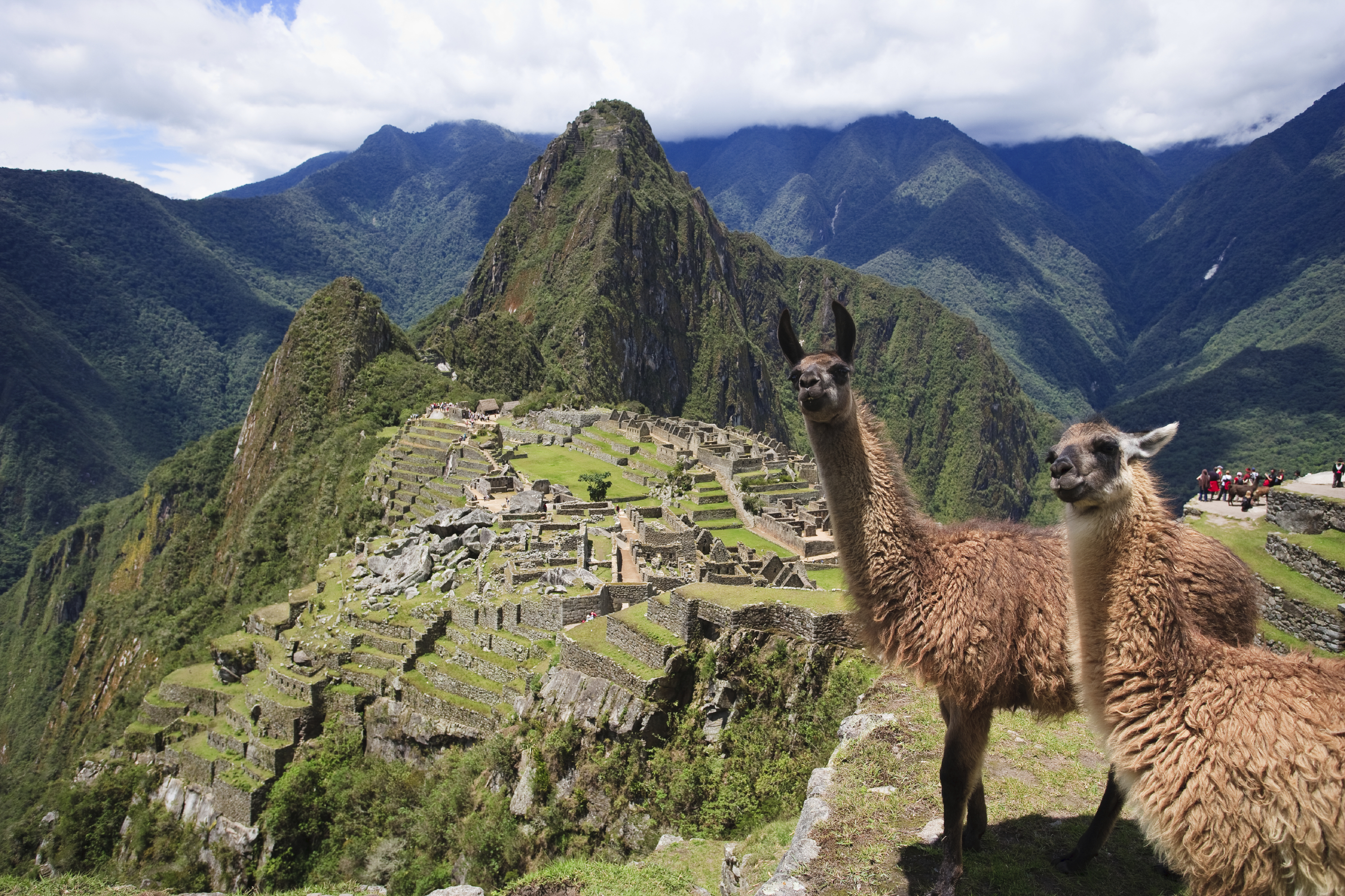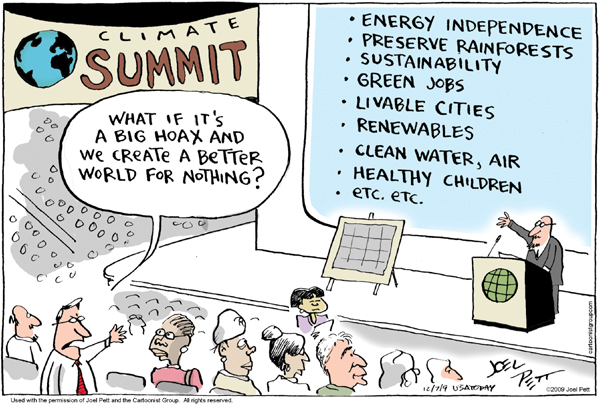The Pacific coast of Peru: one of the world’s richest fisheries. Because the southeast trade winds blow parallel to the coastline in this area, the Coriolis effect and the Ekman transport system deflect surface water to the left of the wind direction and out to sea. In its place, upwelling brings cold water to the surface. This cold water is rich in nutrients, which attract plankton, and in turn fish, to the area just off the shore of Peru.
This upwelling system results in one of the most productive fishing grounds in the world. Half of the world’s commercial fish come from the coast of Peru, which makes up only .1% of the ocean’s surface area. Since 1960, the weightof the Peruvian anchovy catch has exceeded that of any other fish species in the world. But this productivity is vulnerable to extreme variability and fluctuation due to El Niño, a prolonged warming of Pacific Ocean sea surface temperatures that wreaks havoc on fish populations in the area.
During El Niño, weakening trade winds allow warmer water from the Peru countercurrent to flow east toward Peru. Sometimes the trade winds even reverse direction. The warm water brought in by these trade winds overrides the cold water present off the coast because it is less dense. It is also not as nutrient-rich, resulting in a large percentage of fish either dying off or dispersing further offshore toward deeper water that is more nutrient-rich, putting a huge dent in the Peruvian fishing industry. An El Niño event typically last nine months to two years, happening at irregular intervals of two to seven years.
This reduction of the production and exportation of fish from one of the most productive fisheries in the world has injurious effects around the globe. Both poultry and livestock prices spike worldwide, because the fishmeal that is used to feed poultry and livestock is now more expensive. More locally, in Peru, the catch is reduced and people are put out of work, while fishmeal plants and fishing boats remain idle. Workers need to find a way to support their families during these El Niño episodes, and payments must still be made on loans taken out to buy fishing boats and build fishmeal plants. El Niño has a damaging effect on not just the local economy, but on economies worldwide. It is just another way that climate changes in one area of the world can have very damaging effects worldwide.



















